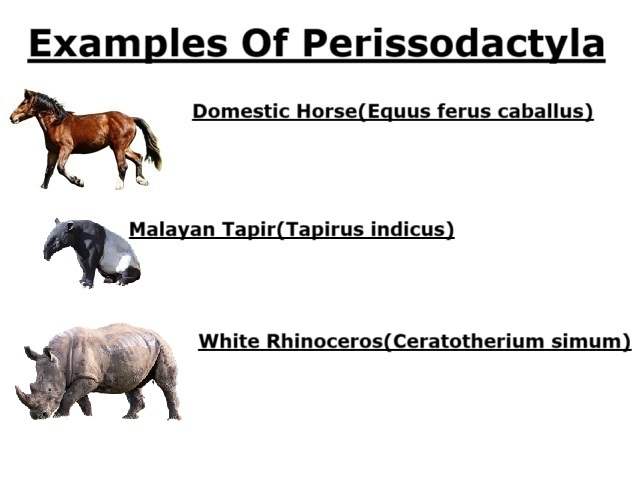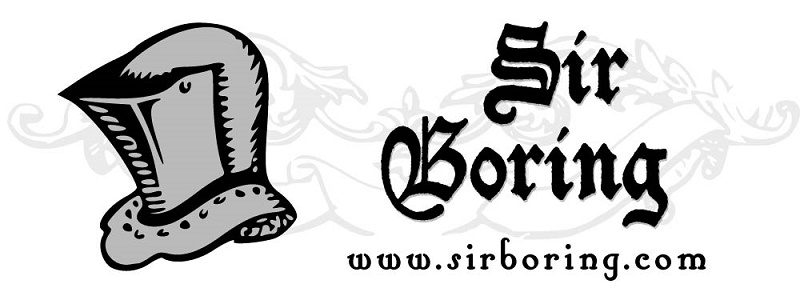
Perissodactyla, commonly referred to as odd-toed ungulates, represents a fascinating group of mammals that includes horses, rhinoceroses, and tapirs. This order is distinct from their even-toed relatives, such as deer and cattle, characterized by an odd number of toes on their feet, specifically, one or three. By studying Perissodactyla, we gain insight into the diverse adaptations that have allowed these species to thrive in various environments.
Anatomy And Physiology
The most defining characteristic of Perissodactyla is their unique limb structure. Unlike even-toed ungulates, which have an even number of toes (two or four), members of Perissodactyla typically have one or three toes. Horses, for instance, have a single large toe, which is covered by a hoof. This adaptation provides them with speed and stability on hard ground. Rhinoceroses have three toes on each foot, which support their massive weight and provide balance as they navigate their habitats.
The skeletal structure of these animals is also adapted to their lifestyles. The long, slender legs of horses are ideal for running, while the robust limbs of rhinoceroses are built for carrying heavy loads and withstanding significant forces. Tapirs have a more rounded body shape and shorter legs, enabling them to move through dense undergrowth and swim efficiently.
In terms of digestive physiology, Perissodactyla are herbivores with specialized adaptations for processing plant material. Horses exhibit a single-chambered stomach and a highly developed cecum, allowing for the fermentation of fibrous plant material. This adaptation enables them to extract maximum nutritional value from grasses. Rhinoceroses and tapirs have similar digestive systems as well.
Behavior And Social Structure
Behaviorally, Perissodactyla exhibit a wide range of social structures and interactions. Horses are known for their strong social bonds and herd dynamics, which provide protection against predators. The social structure of a horse herd typically consists of a dominant stallion, several mares, and their young. This hierarchy is vital for maintaining order within the group and ensuring reproductive success.
Rhinoceroses, in contrast, demonstrate a more solitary lifestyle, although some species, like the White Rhinoceros(Ceratotherium simum), may form small groups.
Tapirs exhibit solitary behavior as well. They communicate through vocalizations, scent markings, and physical displays. Tapirs have a keen sense of smell and are primarily guided by it while navigating their environment.
Conservation Status And Challenges
Understanding Perissodactyla is not just about appreciating their biology; it is also crucial for conservation efforts. Many species within this group are endangered due to habitat loss and poaching. The destruction of habitats for agriculture, urban development, and deforestation poses a significant threat to their survival. Additionally, rhinoceroses are heavily targeted for their horns, which are highly valued in traditional medicine and as status symbols in some cultures.
The plight of these animals highlights the importance of biodiversity and the interconnectedness of ecosystems. Conservation organizations worldwide are working to protect the habitats of Perissodactyla and other endangered species. Strategies include habitat restoration, anti-poaching initiatives, and legal protections to safeguard these animals from exploitation.
Public awareness and education play a critical role in conservation efforts. By raising awareness about the challenges faced by Perissodactyla, we can encourage more people to support wildlife organizations and participate in local conservation initiatives. Efforts to promote ecotourism can also provide financial incentives for communities to protect wildlife.
The Role Of Perissodactyla In Ecosystems
Perissodactyla play vital roles in their ecosystems, contributing to the health and stability of their environments. As herbivores, they help shape vegetation patterns, influencing plant community dynamics and promoting biodiversity. For example, by grazing on grasses, horses can prevent certain plant species from dominating the landscape, allowing for a more diverse array of plant life to flourish.
Rhinoceroses, through their feeding habits, create pathways in dense vegetation, which can benefit other wildlife species by providing access to resources. Their dung also serves as a fertilizer, enriching the soil and supporting plant growth. Tapirs, as seed dispersers, play a crucial role in maintaining forest ecosystems by spreading seeds throughout their habitats.
The loss of Perissodactyla would have cascading effects on their ecosystems, leading to changes in vegetation structure, plant diversity, and the overall health of the environment. This underscores the importance of protecting these species not just for their sake but for the well-being of entire ecosystems.
How You Can Help
Consider advocating for policies that protect wildlife and their habitats. Contacting local representatives, participating in campaigns, or joining conservation groups can amplify your voice and support for critical conservation issues. Every action, no matter how small, contributes to the larger goal of preserving our planet’s biodiversity.
Conclusion
The world of Perissodactyla is a testament to the incredible diversity and adaptability of life on Earth. From the swift horses to the mighty rhinoceroses and the elusive tapirs, these odd-toed ungulates play crucial roles in their ecosystems and deserve our attention and protection. By understanding their biology, behavior, and the challenges they face, we can contribute to their conservation and ensure that these extraordinary creatures continue to roam our planet for generations to come.
Their distinct adaptations and ecological significance highlight the intricate connections between species and their environments. As we strive to protect these remarkable animals, we also work towards preserving the rich tapestry of life that sustains our planet. Together, we can champion the cause of conservation and ensure that future generations inherit a world where Perissodactyla and other magnificent creatures continue to thrive.
